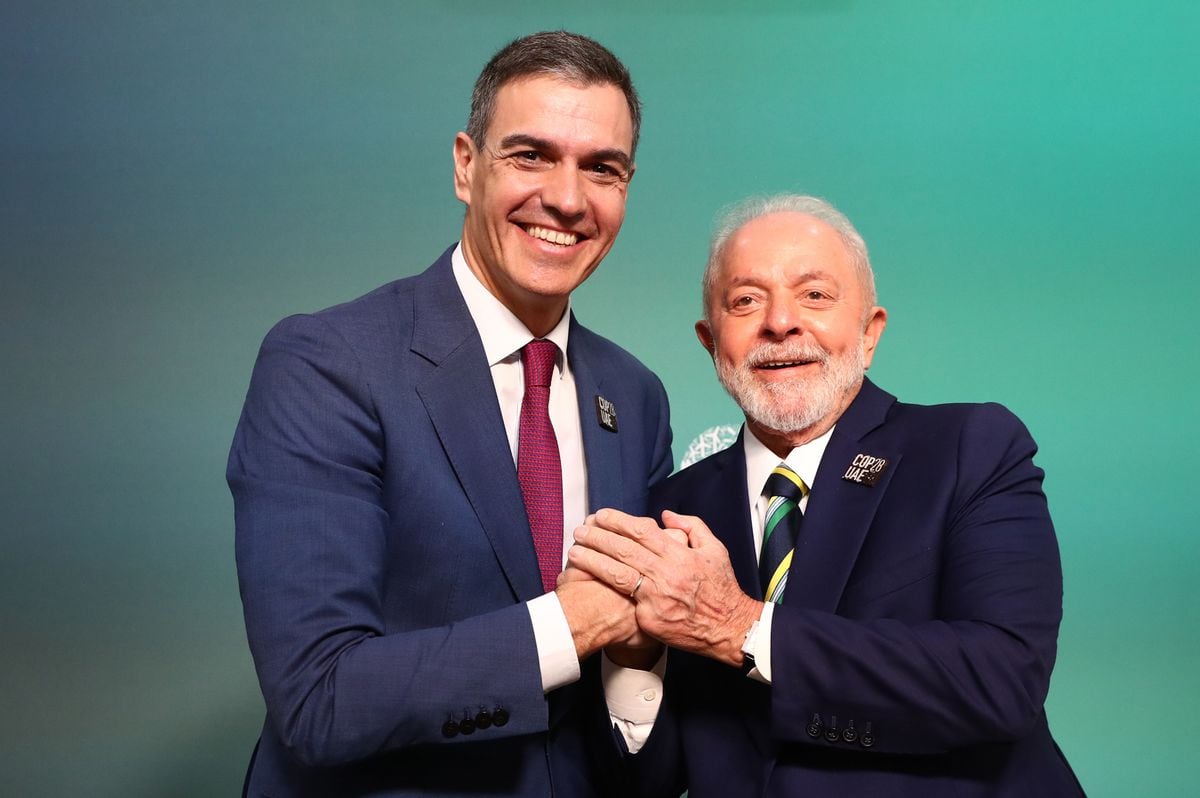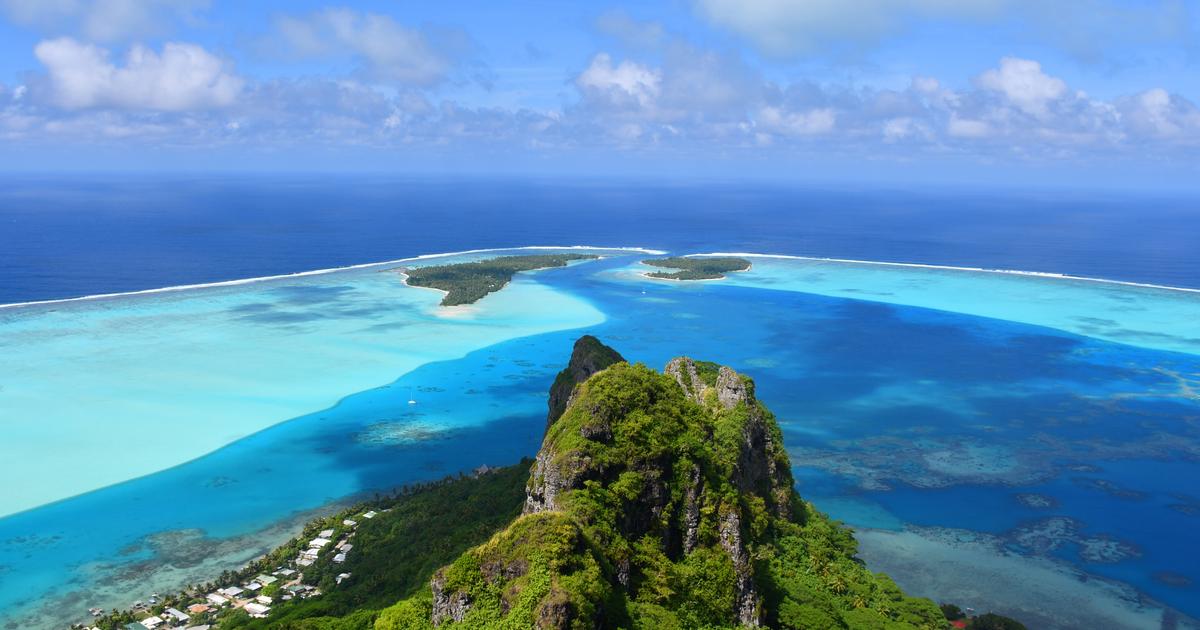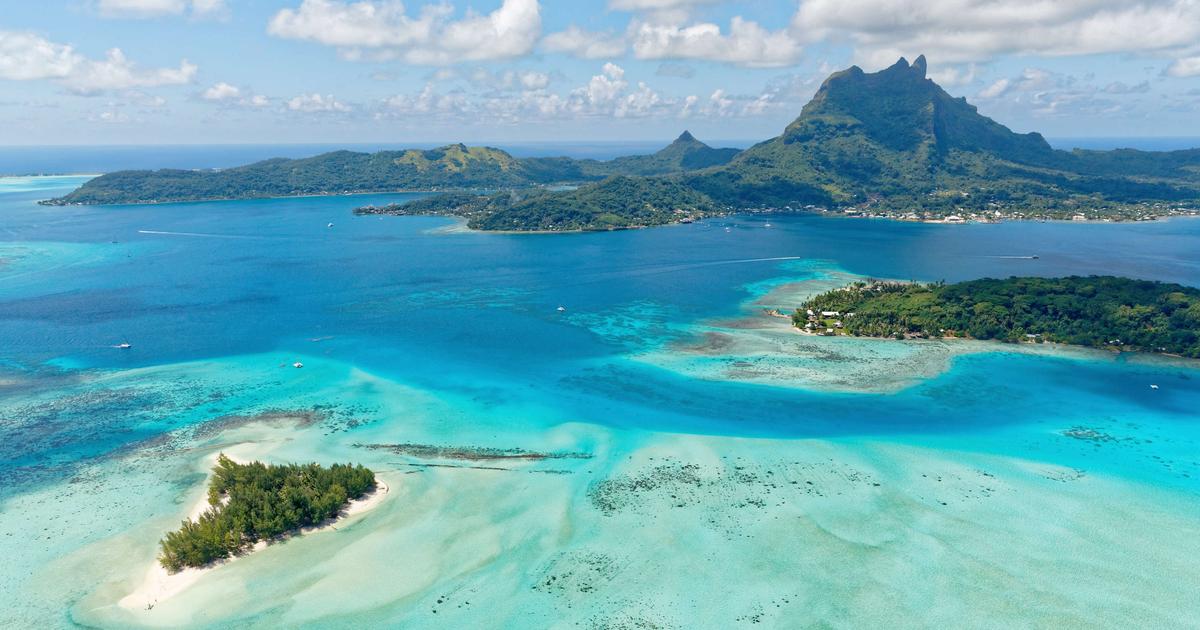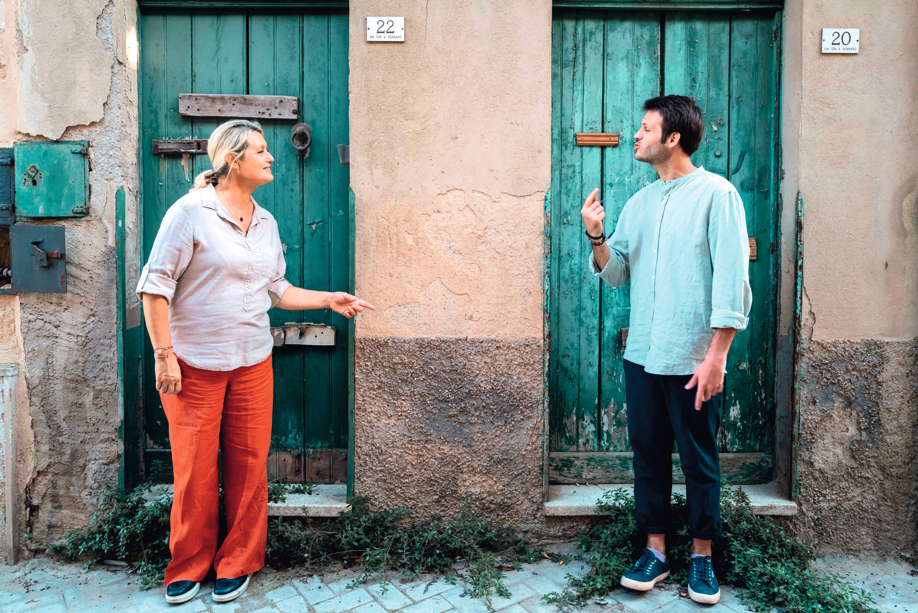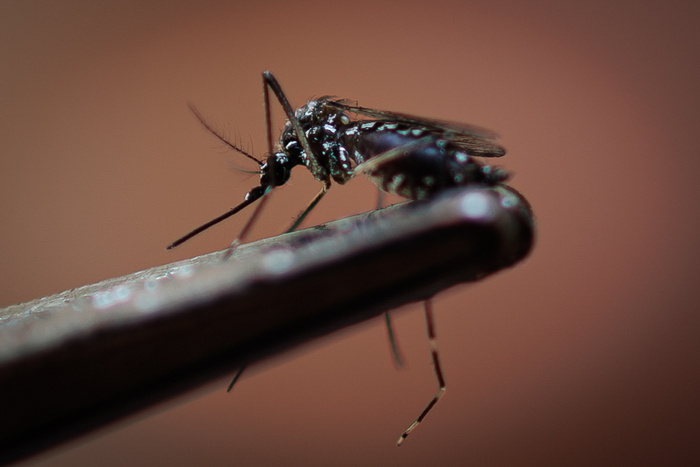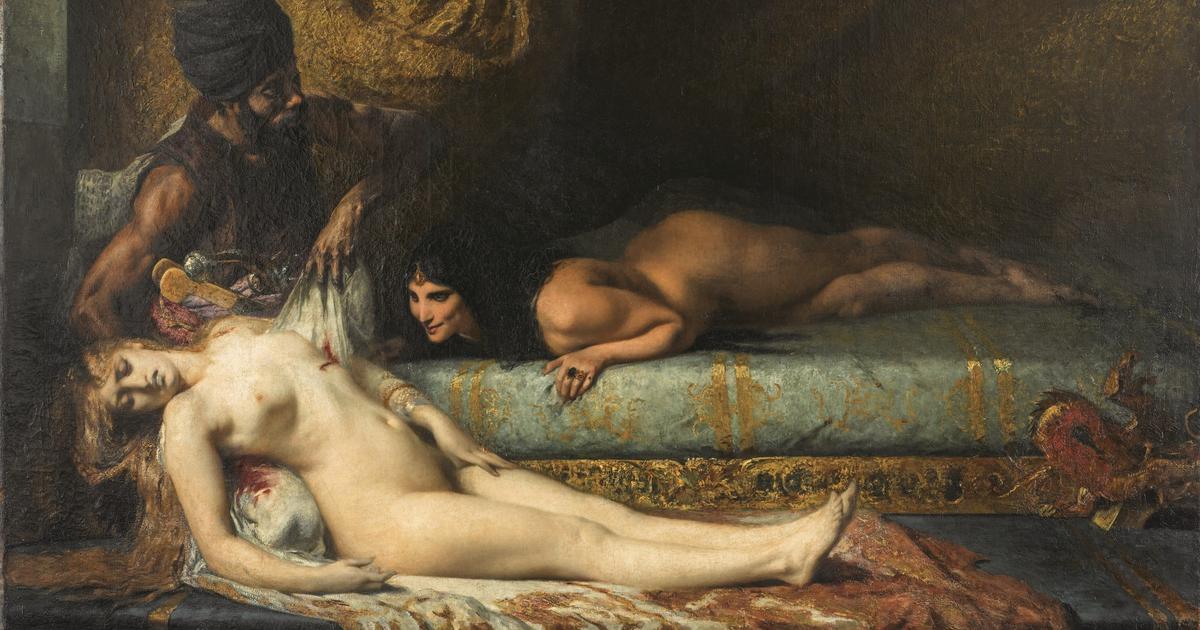It is impossible to think of the painter Paul Gauguin (Paris 1848- Marquesas Islands, French Polynesia, 1903) without immediately glimpsing in the mind a paradisiacal scene starring a half-with a flower in her hair. The post-impressionist who revolutionized the use of color and the work that inspired his stays in the Pacific islands at the end of the nineteenth century are the ingredients of the exhibition Paul Gauguin: o otro e eu (the other and me), which has just opened the Museum of Art of São Paulo (MASP) in this Brazilian city. The exhibition is a critical rereading of Gauguin's gaze on the exotic, the other, the indigenous, especially the indigenous, and on himself through 40 works by the artist, including some that had never traveled to the so-called global south. Framed in the theme Indigenous Stories, the exhibition will last until August 6.
More information
Indigenous art conquers Brazil's museums
For years, the MASP has organized its annual program around a theme and entitled Stories... This 2023 everything revolves around the indigenous question. That is why the museum has organized this critical rereading of the work of the French-Peruvian painter while simultaneously exhibiting pieces by contemporary Brazilian native artists. "Every year we choose the work of an international artist from our collection and, from there, resignify the collection," explains Fernando Oliva, the male and São Paulo half of the duo that curated Gauguin's exhibition. Thus, a collection devoted for decades to works created by white European men increasingly resembles the society of a country as diverse as Brazil while aspiring to better explain to its visitors the complexity of the world outside its rooms.
Gauguin himself was a strange being in the circles of European art, considered exotic, often caricatured. Son of the Peruvian Aline Chazal Tristán and grandson of the feminist Flora Tristán, Gauguin lived in the Andean country until he was six years old and thanks to this he built a whole narrative, a mythology around himself, in addition to walking through those circles dressed in an Inca cape. Obviously, it attracted attention. It was a way of presenting himself as someone unique to his Parisian colleagues in the fierce marketing competition that also existed among the artists of that time.
'Parau na te varua ino', by Gauguin, at MASP. Lela Beltrão
The visitor is greeted by three self-portraits of the painter, one in which he is shown as a kind of Jesus and that for decades has been exhibited in the MASP, another arrived from a museum in Texas and a third loaned by the D'Orsay in Paris, Self-portrait with Manao Tupapau. In it Gauguin painted himself before one of the works inspired by his stay in Tahiti. When he creates it, he is back in France after his first trip to the other side of the world. As a gesture of rebellion he wears a cowboy hat, in the fashion of Buffalo Bill, in vogue at that time, and details the reasons that lead him to embark again for the Pacific island, as the poster recalls: "I leave because I seek peace and tranquility. To get rid of the influence of civilization, I want to make only simple art and for that I need to be immersed in virgin nature, not to see others who are not wild, to live like them." That was his speech.
"But when we look at his works, we need to understand them not as an ethnographic account, not as what he actually found in Tahiti," warns Laura Consendey, the female and carioca half of the curatorial duo. The paintings reflect "a mixture between the imaginary that he had already acquired through the stories and images of the first European travelers to the Pacific, the expectations he had to fulfill and his desire to show an intact and exuberant paradise," he adds.
The exhibition brings together 40 works including paintings and prints from 17 art galleries, including the Metropolitan in New York, the Tate and the National Gallery in London, the Getty in Los Angeles and the Fine Arts in Budapest. Next to the idealized landscapes of immaculate beauty, indigenous women often half-naked. As a great icon of this eroticization and exoticization in Gauguin's work, the painting Deux femmes tahitiennes (1899) has traveled to São Paulo from the New York Metropolitan, which shows them with their breasts in the air as an offering on a tray of juicy fruits. Next to her, another painting that shows the contrast between the local and foreign influences: the same model as a native, with her sarong of flowers, and with her body hidden under a missionary dress.
It's not that this idealized and condescending look at the exotic is now being called into question for the first time; in his time he also received some criticism largely for those Tahitians with the appearance of adolescents, as Consendey explains: "Already in the nineteenth century he was criticized above all for the position of power in relation to the people there, particularly women." His colleague Oliva points out that these criticisms "did not have the breadth or forcefulness that they have today in the public sphere." Many decades later, it was also the subject of criticism in feminist reviews of art history by Griselda Pollock and other specialists.
The native Brazilians, descendants of the survivors of the Portuguese conquest, are a very small part of the current population, but the vital role they play as the most effective protectors of the Amazon and its rich biodiversity give them a prominence that has not stopped growing as the climate crisis worsens. Their art gains space in art circles while its leaders have more and more political power. Brazil has just launched its first Ministry of Indigenous Peoples.
View of the exhibition of paintings, drawings and sculptures produced by the Huni Kuin Artists' Movement (MAHKU), at MASP. Isabella Matheus (MASP)
The exhibition dedicated to Gauguin coincides with others that the MASP dedicates to art created by natives. Among them are the paintings, drawings and sculptures produced by the Huni Kuin Artists' Movement (MAHKU), a collective created a couple of decades ago by inhabitants of the Kaxinawá indigenous land, in the State of Acre, on the border with Peru.
Paintings of variegated compositions that combine human and animal figures in strident colors. They are visual translations of a traditional ritual in that town that includes the consumption of ayahuasca. "This year we want to discuss indigenous histories that have been left out of the history of canonical art," says curator Oliva. Before they set their critical gaze on feminist histories, sexuality, dance... Last year, the bicentennial of independence, was the year of Brazilian histories.
Subscribe to continue reading
Read without limits
Read more
I'm already a subscriber



